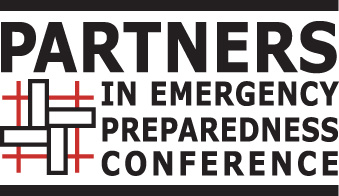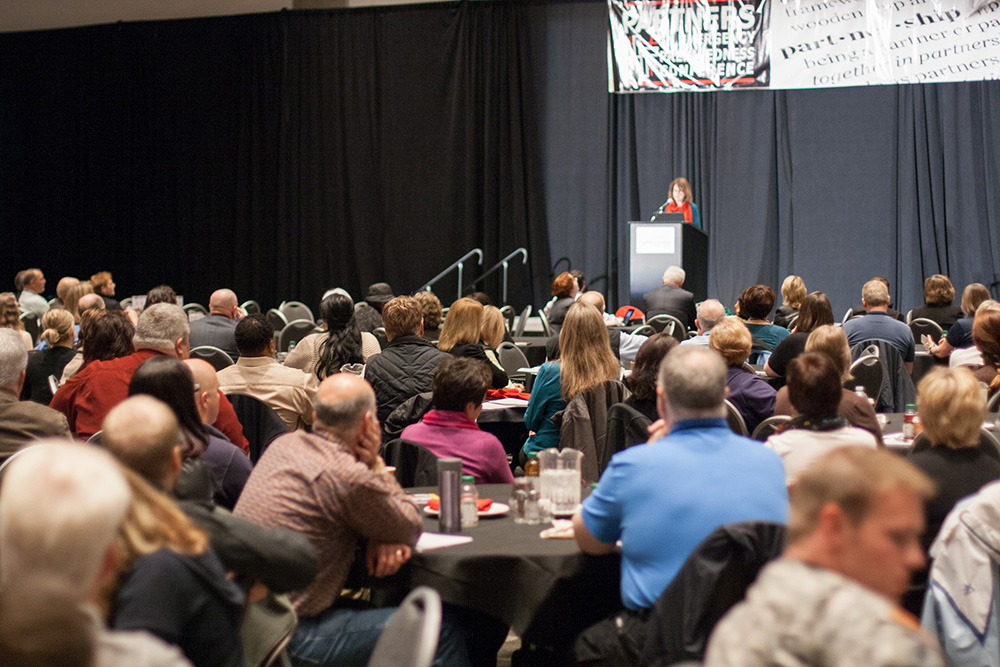Civil and structural engineers are not that involved in the emergency management profession. Why is that? Are we, as a profession, unaware of the emergency management professionals and the key role they plan in the disaster preparedness, response, and recovery of our communities? Is the emergency management profession unaware of the significant role that civil and structural engineers play in the development, maintenance, and repair of our buildings, bridges, roads, and utilities (or infrastructure)? I’m guessing that the answer is a mix of both.
One way engineers can learn more about emergency management while getting more involved in our communities is to participate in disaster preparedness and response committees within their respective professional associations. Another way is to attend some of the workshops and conferences organized by emergency managers. These efforts will help develop partnerships between our engineering profession and emergency management professionals to help integrate engineering expertise and emergency management.
 One such conference is the Partners in Emergency Preparedness (PIEP) Conference held every spring. Over a decade ago, I attended my first PIEP conference and presented information on the Kobe and Taiwan Earthquakes. It was an eye-opening experience to see all of the emergency managers and contingency planners participating in an event aimed at making our communities more resilient. Today, the annual Partners in Emergency Preparedness Conference has grown to a three-day event that hosts over 700 emergency managers, contingency planners, and others representing businesses, schools, government, non-profit, and volunteer organizations. The conference includes pre-conference workshops and quality programs that include lessons learned from recent and relevant regional and worldwide events.
One such conference is the Partners in Emergency Preparedness (PIEP) Conference held every spring. Over a decade ago, I attended my first PIEP conference and presented information on the Kobe and Taiwan Earthquakes. It was an eye-opening experience to see all of the emergency managers and contingency planners participating in an event aimed at making our communities more resilient. Today, the annual Partners in Emergency Preparedness Conference has grown to a three-day event that hosts over 700 emergency managers, contingency planners, and others representing businesses, schools, government, non-profit, and volunteer organizations. The conference includes pre-conference workshops and quality programs that include lessons learned from recent and relevant regional and worldwide events.
The Partners in Emergency Preparedness Conference is just one conference that provides our engineering profession an opportunity to learn more about emergency management while helping us develop partnerships with the emergency management profession. Taking the time to create these partnerships between engineering and emergency management is a small investment with big dividends in making our communities more disaster resilient.
Disasters around the nation and abroad have taught us that communities with pre-established partnerships among organizations (private, government, non-profit, and volunteer) are more resilient. These communities regularly organize disaster preparedness events, create disaster response coalitions, and perform disaster drills to test their abilities among many other collaborative activities. Practice makes perfect, right?

